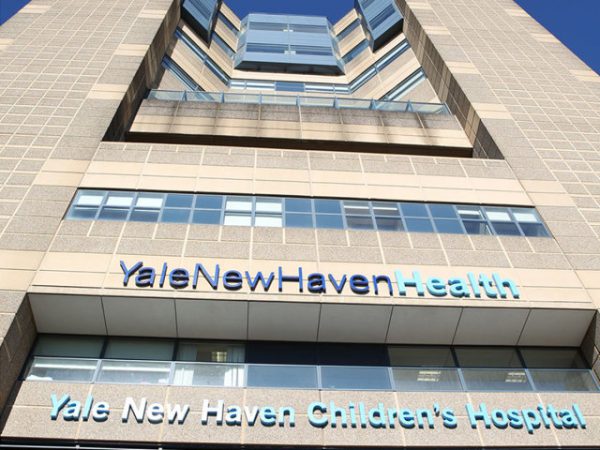Connecticut Ranks Third in U.S. in Preventing Youth Homelessness; Grant to Support Efforts
/Washington, Massachusetts, and Connecticut are the most successful states at preventing youth homelessness, with Connecticut ranking third in the nation, according to the 2018 State Index on Youth Homelessness. The report, by the True Colors Fund in partnership with the National Law Center on Homelessness & Poverty, analyzed 61 metrics in the 50 states and the District of Columbia.
Homelessness is defined as experiences of sleeping in places not meant for living, staying in shelters, or temporarily staying with others while lacking a safe and stable alternative living arrangement. Alabama, South Carolina, Wyoming, and Arkansas were the least successful states at preventing youth homelessness.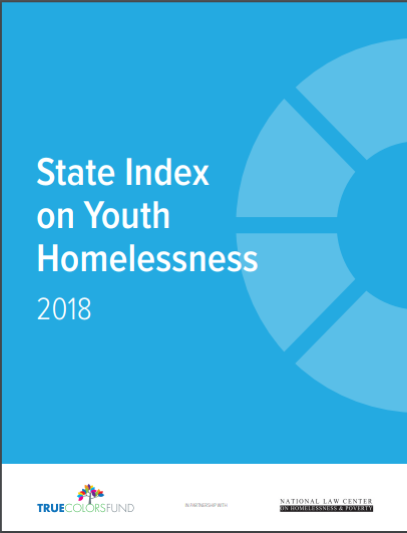
In recent weeks, it was announced that Connecticut will use $6.5 million in federal grants to provide housing opportunities for homeless youth, building on its successful track-record. The grants will fund new, innovative housing assistance programs for young adults as part of a coordinated housing continuum that assures those in need can quickly obtain permanent housing and necessary supports, according to state officials.
The grants were allocated as part of a competitive process through the U.S. Department of Housing and Urban Development’s (HUD) new Youth Homelessness Demonstration Program (YHDP). To date, Connecticut has been awarded the largest grant of any jurisdiction in the country.
Building off the state’s nationally recognized progress in ending homelessness under the Malloy administration – which includes being the first state in the nation certified for ending chronic veteran homelessness, being one of only three states certified for ending general veteran homelessness, and matching all chronically homelessness individuals to housing – the state has set a goal of ending both youth and family homelessness by the end of 2020.
Speaking last week before a legislative working group, Gov. Malloy said “Nothing I suspect is more shattering as a child than to find oneself homeless – or even as a young adult – so I’m particularly happy over this past year that we’ve been able to fund a number of units designed specifically to meet the needs of younger homeless individuals.”
Overall, at the start of the year, homelessness in Connecticut was at a record low, according to a report from The Connecticut Coalition to End Homelessness. It found that homelessness in the state has decreased for a fifth consecutive year and was at its lowest level to date. The report found that, as of Jan. 2018, roughly 3,300 people were homeless in Connecticut. The Connecticut Coalition to End Homelessness states that overall homelessness in the state is down 25 percent from 2007.
Since 2011, the state Department of Housing and the Connecticut Housing Finance Authority have created, rehabilitated, or committed funding for nearly 25,000 units of housing – approximately 22,000 of which are affordable to low and moderate income individuals and families, officials point out. This represents a state investment of more than $1.42 billion, which has been matched by over $2.45 billion from other financial sources, including the private sector.


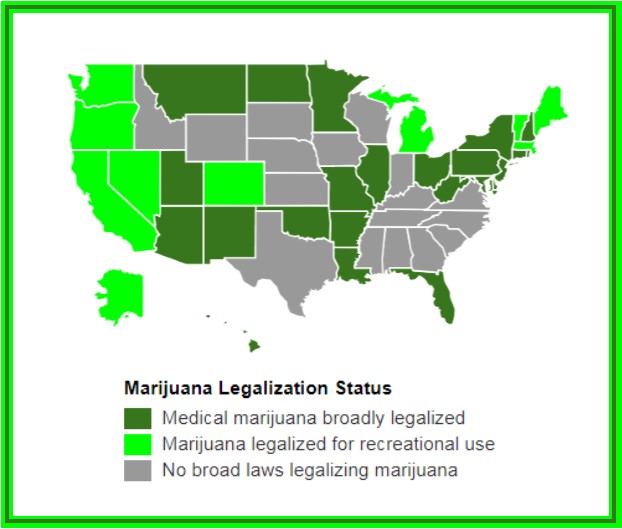
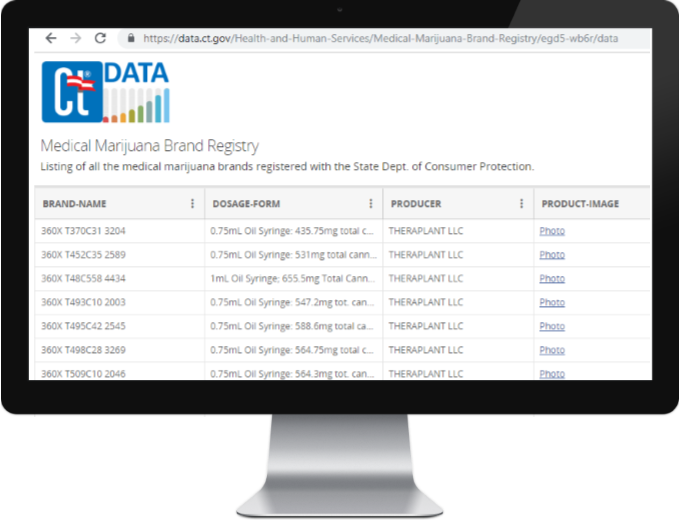

 “Girl Scouts is one of our nation’s most powerful leadership training grounds for young women,” said Openshaw. “We’re thrilled to support Girl Scouts as it seeks to modernize and remain relevant for young women in the new global economy.”
“Girl Scouts is one of our nation’s most powerful leadership training grounds for young women,” said Openshaw. “We’re thrilled to support Girl Scouts as it seeks to modernize and remain relevant for young women in the new global economy.” t have increased as much in comparison to other states, but isn’t the real question, ‘Why is it increasing at all?’” Luis Perez, president and CEO of
t have increased as much in comparison to other states, but isn’t the real question, ‘Why is it increasing at all?’” Luis Perez, president and CEO of 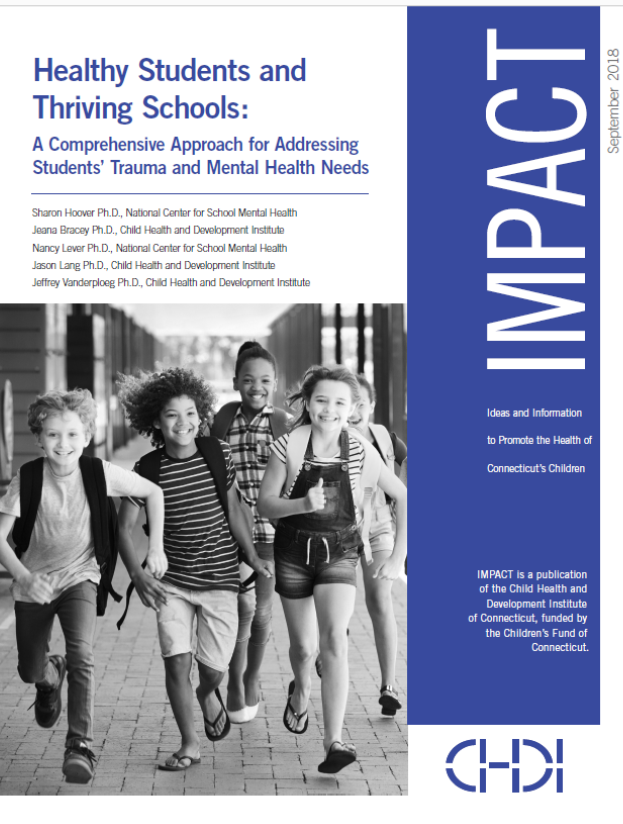 The 40-page report, developed by The Child Health and Development Institute of Connecticut (CHDI), a subsidiary of the Children’s Fund of Connecticut, in partnership with the national Center for School Mental Health at the University of Maryland, provides a framework for policymakers and school districts interested in improving outcomes by addressing the mental health and trauma needs of students. The report indicates that “in a typical classroom of 25 students, approximately five will meet criteria for a mental health disorder but most of them are not receiving appropriate mental health treatment or support. Among those who do access care, approximately 70 percent receive services through their schools.”
The 40-page report, developed by The Child Health and Development Institute of Connecticut (CHDI), a subsidiary of the Children’s Fund of Connecticut, in partnership with the national Center for School Mental Health at the University of Maryland, provides a framework for policymakers and school districts interested in improving outcomes by addressing the mental health and trauma needs of students. The report indicates that “in a typical classroom of 25 students, approximately five will meet criteria for a mental health disorder but most of them are not receiving appropriate mental health treatment or support. Among those who do access care, approximately 70 percent receive services through their schools.”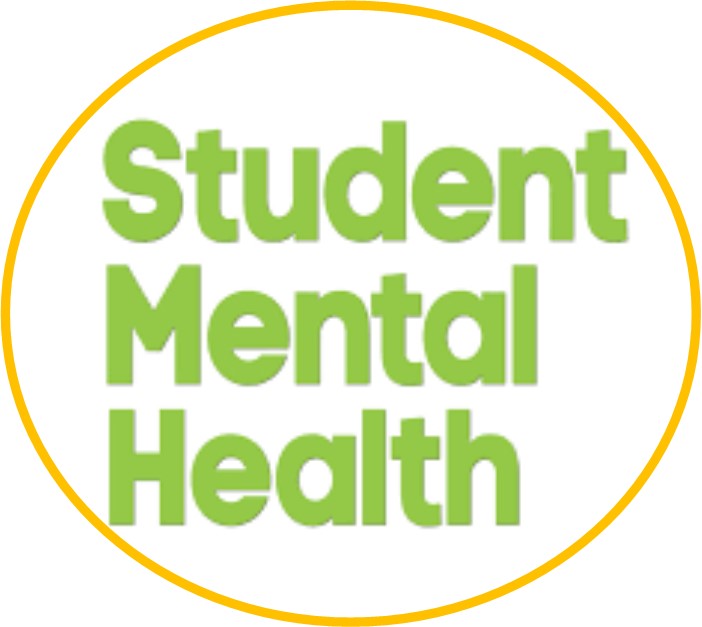 “Approaching student mental health with a comprehensive lens that integrates health promotion, prevention, early intervention, and more intensive treatments leads to better school, student and community outcomes," said Dr. Sharon Hoover, Co-Director of the Center for School Mental Health at the University of Maryland and lead author of the report.
“Approaching student mental health with a comprehensive lens that integrates health promotion, prevention, early intervention, and more intensive treatments leads to better school, student and community outcomes," said Dr. Sharon Hoover, Co-Director of the Center for School Mental Health at the University of Maryland and lead author of the report.

 Among the 10 largest state agencies in Connecticut, OEC’s goal is to keep the state’s children safe, healthy, learning and thriving. Through its innovative feedback efforts, the agency is acting on evidence that engaging providers and parents in policymaking yields better results. Officials said that the agency combined data from 1,700 family surveys, another survey shared with all providers in the state, and 400 community and provider meetings in order to build a draft plan to transform the ECE system in the state, which serves 200,000 children.
Among the 10 largest state agencies in Connecticut, OEC’s goal is to keep the state’s children safe, healthy, learning and thriving. Through its innovative feedback efforts, the agency is acting on evidence that engaging providers and parents in policymaking yields better results. Officials said that the agency combined data from 1,700 family surveys, another survey shared with all providers in the state, and 400 community and provider meetings in order to build a draft plan to transform the ECE system in the state, which serves 200,000 children.



 Among the report’s other key findings:
Among the report’s other key findings:

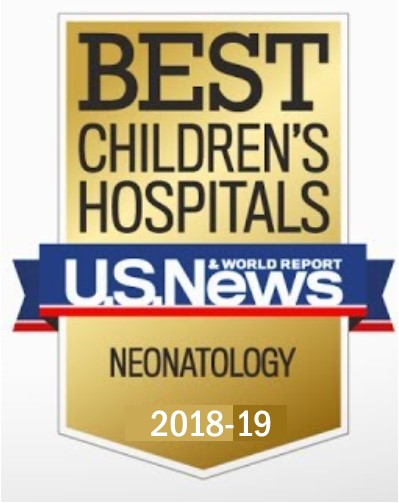 Atop the rankings in the pediatric specialty were Children’s National Medical Center (Washington, DC), Children’s Hospital of Philadelphia, Boston Children’s Hospital, Children’s Hospital Colorado, Cincinnati Children’s Hospital Medical Center, Rainbow Babies and Children’s Hospital (Cleveland), UCSF Benioff Children’s Hospital of San Francisco and Oakland, New York-Presbyterian Morgan Stanley-Komansky Children’s Hospital, St. Louis Children’s Hospital-Washington University, and C.S. Mott Children’s Hospital – Michigan Medicine (Ann Arbor).
Atop the rankings in the pediatric specialty were Children’s National Medical Center (Washington, DC), Children’s Hospital of Philadelphia, Boston Children’s Hospital, Children’s Hospital Colorado, Cincinnati Children’s Hospital Medical Center, Rainbow Babies and Children’s Hospital (Cleveland), UCSF Benioff Children’s Hospital of San Francisco and Oakland, New York-Presbyterian Morgan Stanley-Komansky Children’s Hospital, St. Louis Children’s Hospital-Washington University, and C.S. Mott Children’s Hospital – Michigan Medicine (Ann Arbor). e, infection rates in the NICU and other data collected from a detailed U.S. News clinical survey of children's hospitals, produced 85 percent of each hospital's score. The other 15 percent reflects nominations from pediatric specialists and subspecialists who responded to surveys in 2016, 2017 and 2018 and recommended the hospital for serious cases in their specialty.
e, infection rates in the NICU and other data collected from a detailed U.S. News clinical survey of children's hospitals, produced 85 percent of each hospital's score. The other 15 percent reflects nominations from pediatric specialists and subspecialists who responded to surveys in 2016, 2017 and 2018 and recommended the hospital for serious cases in their specialty.